
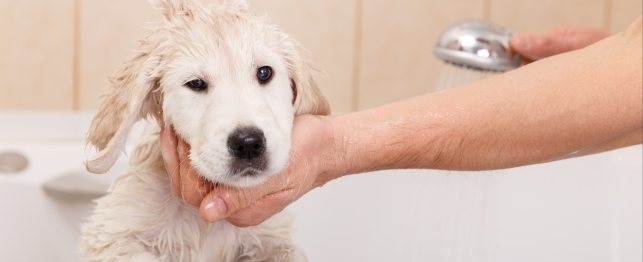
Dogs
Your cute adorable puppy loves new experiences. This is the time to get your pup used to bathing. If you wait too long to introduce him to soap and water, you may end up bathing an unwilling and uncooperative dog – and end up all wet.
Here are a few tips to make the ritual of the bath more enjoyable, or at least tolerable, for the both of you. With some patience and practice, your dog, rather than you, will get the lion's share of the bath. As time goes on, your pup will eventually tolerate, and may even enjoy, a periodic dip in the tub.
The first step is to consult your veterinarian about your particular pooch. Different breeds and lifestyles will dictate when it is safe to begin bathing your pup and what sort of pet shampoos work best. Never wash your dog outside if the weather is cold. This is particularly true for puppies, who have trouble regulating their body temperatures. Puppies should be at least four weeks old before they receive their first bath.
First get your puppy used to the tub or bathing area. Place him in the tub and offer a treat. Make it a fun experience. Don't start running the water or getting your puppy wet. Let him think this is just a happy place to be.
Then, begin to wipe your puppy with a wet towel while he is in the tub. Still offer treats and make it a fun experience. If you are getting frustrated, quit and start over later.
After your pup is used to the wet towel, pour some water over your pup from a pre-filled bucket. Once he is used to this, it is safe to begin bathing as you would an adult dog.
Before you tackle your dog, you'll want to go through a pre-bath checklist. Prepare the bathing area out of your dog's presence. There's no point in warning him ahead of time; he'll only get anxious. Here are some items you'll want to have on hand:
 CHF and Zoetis Reproduction Series: Whelping and Dystocia
CHF and Zoetis Reproduction Series: Whelping and Dystocia
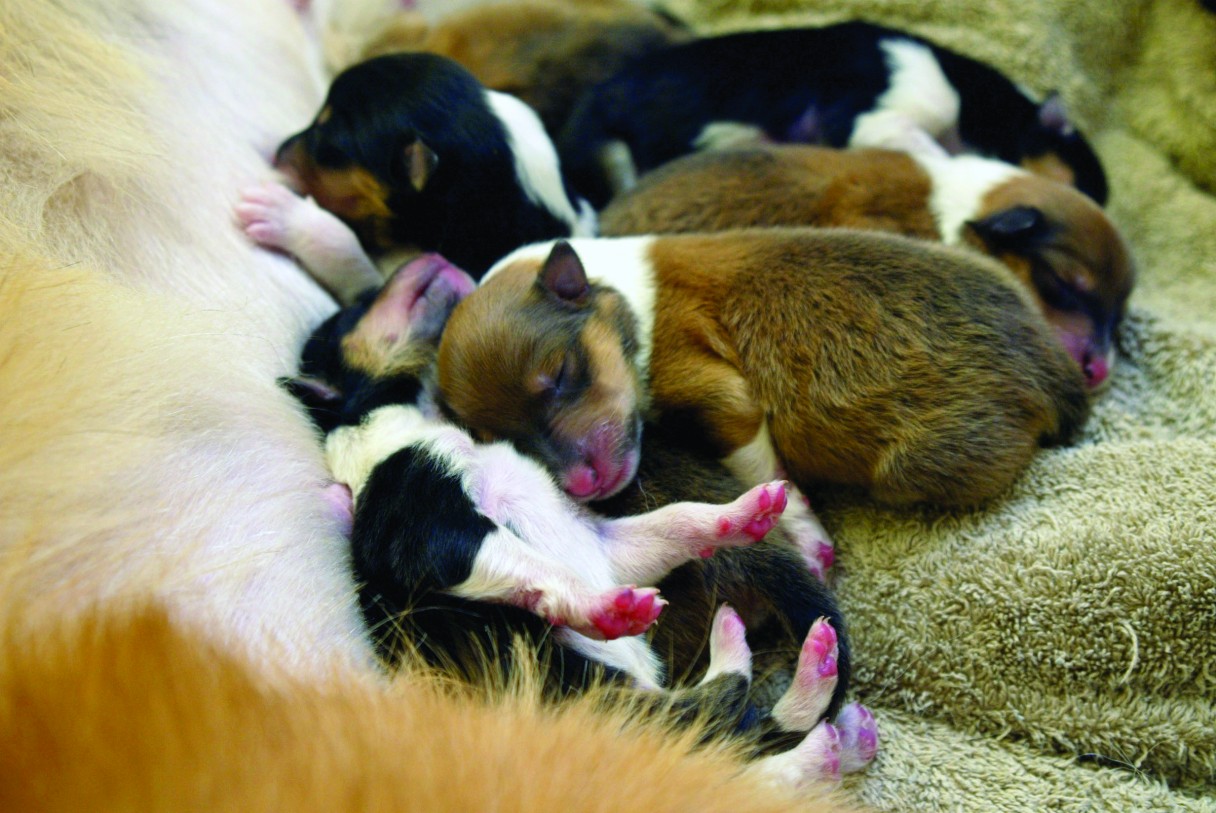 Advice from the Breeder: Tom Coen, Macdega Shetland Sheepdogs
Advice from the Breeder: Tom Coen, Macdega Shetland Sheepdogs
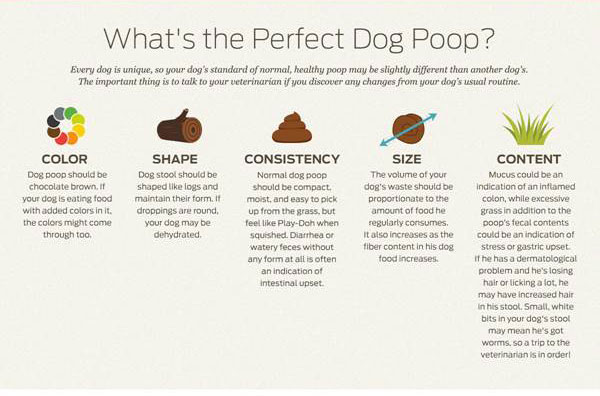 White Dog Poop: What Does It Mean?
White Dog Poop: What Does It Mean?
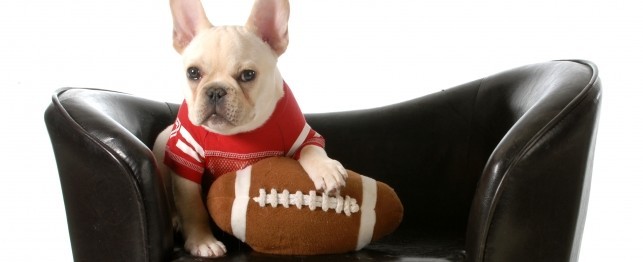 Safely Enjoy the Football Game with Your Dog: Beware 13 Dangerous Foods
Safely Enjoy the Football Game with Your Dog: Beware 13 Dangerous Foods
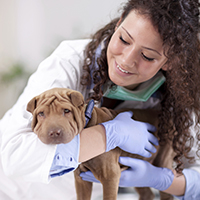 Dog Vomiting: How Serious is it?
Dog Vomiting: How Serious is it?
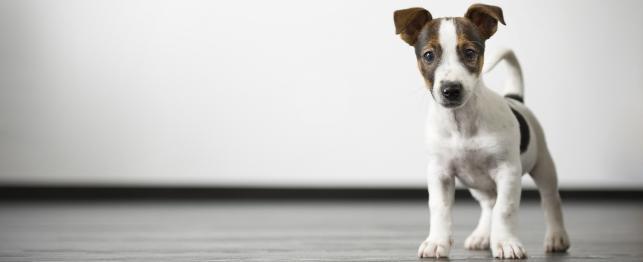 What to Expect in the First Year After you Adopt a Puppy
What to Expect in the First Year After you Adopt a Puppy
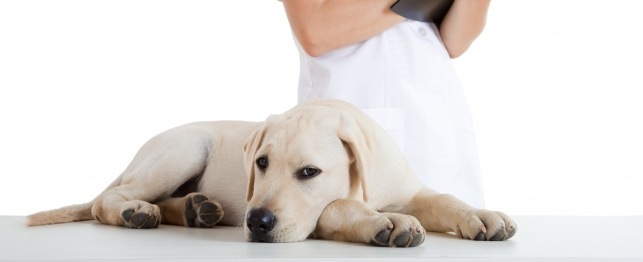 Keeping your Dog off (Harmful) Drugs
Keeping your Dog off (Harmful) Drugs
Keeping your Dog off (Harmful) Drugs
Keeping your Dog off (Harmful) Drugs
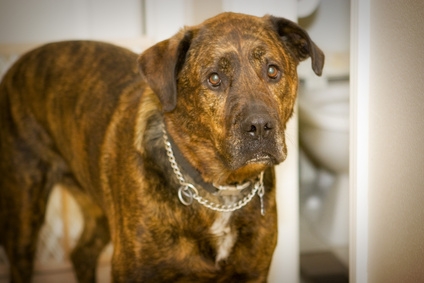 How to Put Muscle Weight on a Dog Fast
How to Put Muscle Weight on a Dog Fast
How to Put Muscle Weight on a Dog Fast
How to Put Muscle Weight on a Dog Fast
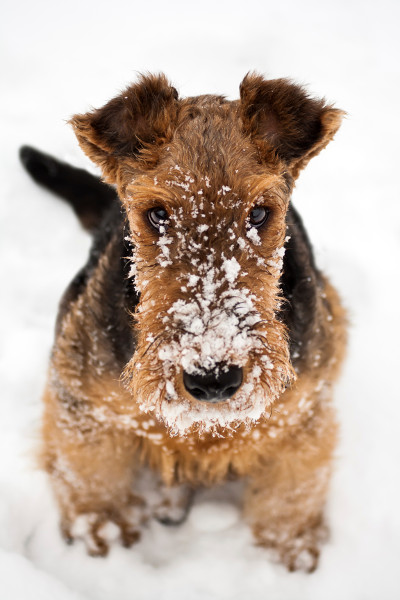 Winter Care for Canines
General Concerns
Winter's cold
Winter Care for Canines
General Concerns
Winter's cold
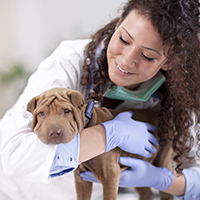 Average Lifespan of a Dog depends on Size
Large Dogs Seem to Age at a Fast Pa
Average Lifespan of a Dog depends on Size
Large Dogs Seem to Age at a Fast Pa
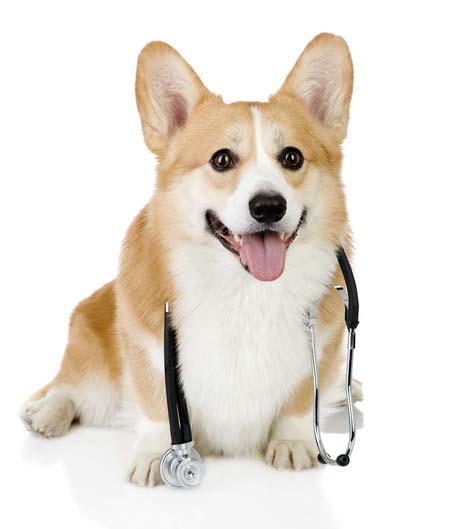 Dog Licking Paws: Natural Remedies
Raw paws are often the red flags of
Dog Licking Paws: Natural Remedies
Raw paws are often the red flags of
Copyright © 2005-2016 Pet Information All Rights Reserved
Contact us: www162date@outlook.com